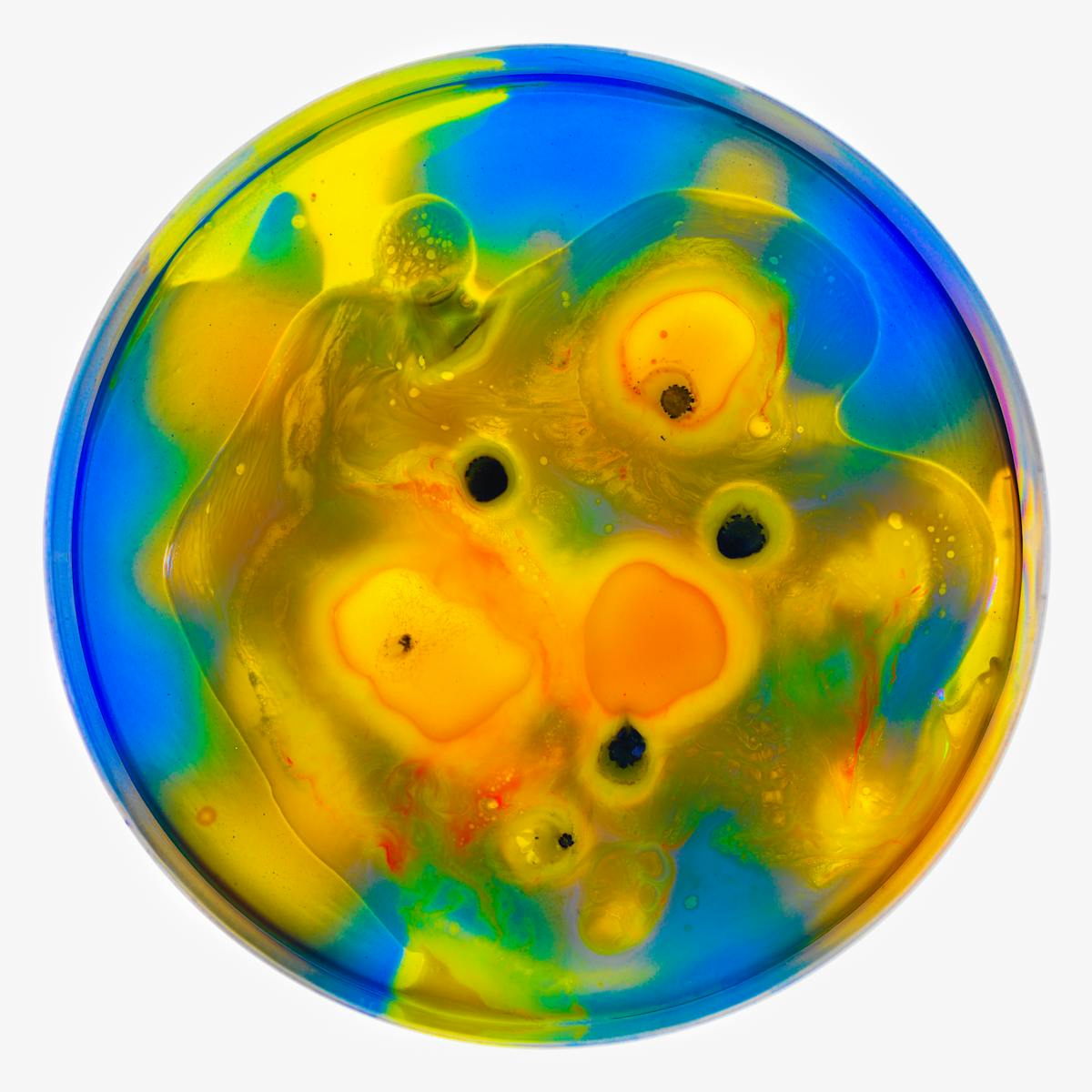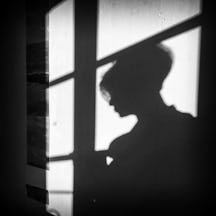All over the world scientists are hard at work researching, exploring and developing – but not in professional labs. Find out about the mixture of mavericks, artists, hobbyists and trained scientists getting their hands dirty at the forefront of DIYbio.
What happens when a shelf collapses and you don’t want to pay to fix it? DIY. But this roll-up-your-sleeves attitude isn’t just for home furnishings. It’s for biology, too.
From hobbyists drinking beer together to scientists pursuing passion projects, from artists exploring our place in the world to entrepreneurs making fabrics from mould, a diverse group of people are doing science outside professional labs. It’s called DIYbio. For many, it’s about a right to biology: we’re all made of it, so we should all be able to play with it.
What DIYbio labs look like
Biomakespace is a nonprofit community lab on the Cambridge Biomedical Campus. The organisation describes some of its primary activities as “curiosity-driven research” and “having fun”. It runs events such as introductions to soldering, synthetic biology forums, and weekly social meetups. About half its membership have some formal training in biology.
Current projects include making a cheaper bioreactor (a machine that facilitates useful biochemical reactions), or genetically engineering bacteria to change colour in response to light.
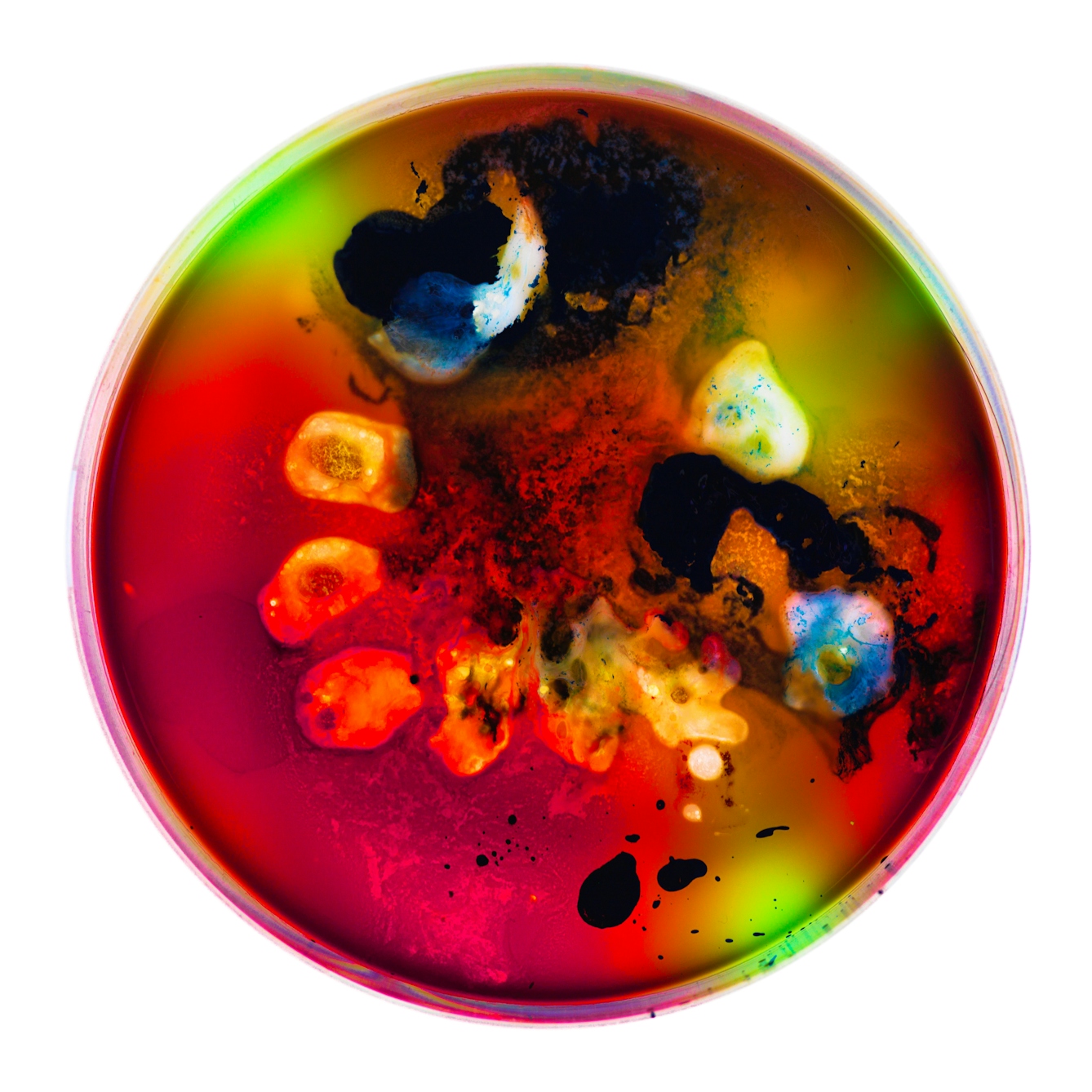
‘Tramp’ from the series ‘First Kiss’, an homage to artistic creation and the chemistry of passion by Debbie Loftus. Petri dish, ink, watercolour, PVA, resin.
There are similar community labs in London, Manchester, Oxford and Nottingham, and far more in the US, as well as across the rest of the world. All operate on a similar principle of openness, sharing and curiosity. “Biomakespace has really been my avenue into synthetic biology,” says a member on their website.
Businesses are also building on the potential of low-cost science. In London, OpenCell rents lab space for biotechnology startups outside academia. Its residents use biotechnology to work on waste processing, agriculture and beauty, with shared lab access from £999 a month.
The meaning of modern biology
While hobbyists are using accessible science to find answers in their free time, others are using it to ask questions about what modern biology means to us. In an installation at the Centraal Museum in Utrecht, artist Jeroen van Loon offered to sell 380GB of his own DNA data. His website shows him having blood taken in a lab, watching a scientist run the sequencing machines, and listening as the data is explained.
This data is much cheaper to extract now, at $1,000 compared to the $14 million it would have cost a decade ago. And it’s worth a lot more, with fiercely profitable competition growing up around the deciphering and manipulation of the genome.
On its own, van Loon’s sequence doesn’t mean very much. But compared to databases of other sequences, it can predict his propensity for certain diseases, and – without much certainty – some elements of his appearance and personality. This is deeply personal information, much of which would be valuable to an insurer or employer, who could impose economic penalties on those with the wrong DNA sequences.
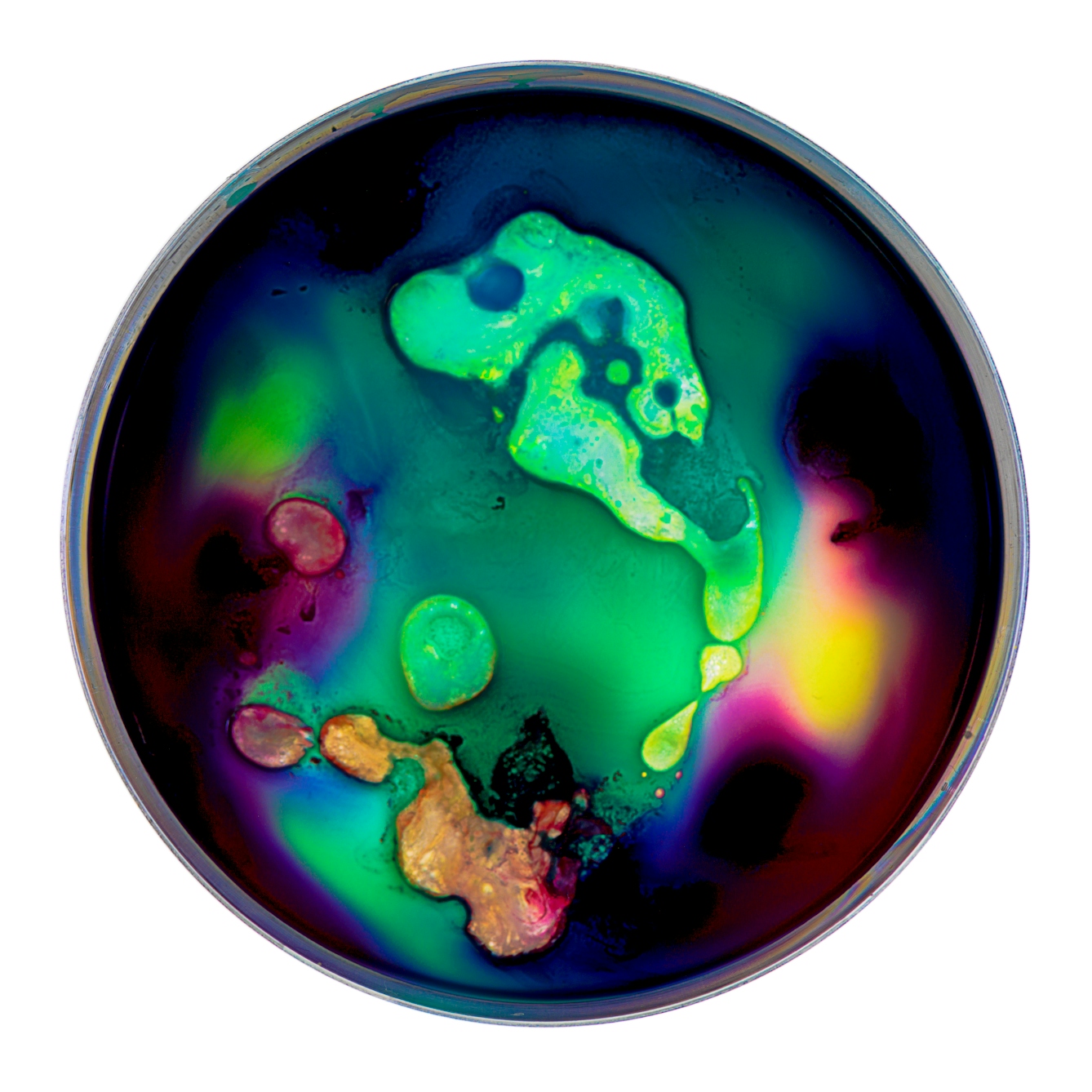
‘Tosca’ from the series ‘First Kiss’ by Debbie Loftus.
By offering his data for sale, van Loon asks questions we may all soon find ourselves asking. How do we protect our privacy in an age when our most intimate genetic information is cheap and easy to decipher? Researchers have explored how to hide a genetically modified organism’s function by encrypting its genetic sequence, but no such hacks exist yet for human beings.
There will be more possibilities for the kinds of large-scale production that could inadvertently supply dangerous activities.
Giulia Tomasello’s ‘Future Flora’ project offers a counterpoint to this dystopian economy of biology. Tomasello developed a kit that allows women to harvest and grow their own beneficial vaginal bacteria in a pad that can then be worn to help defeat yeast infections. She hopes the kit will encourage women to take an active role in their healthcare. “Being able to take care of your body is empowering… it’s knowledge, and knowledge is power.”
In the 16th century the astronomer and engineer Galileo built workrooms in his house where craftsman assisted with experiments. He was university educated, but many of his works were written in Italian, rather than Latin, for non-scholars to read, and explored the then non-academic field of engineering. He combined the methods of craftsmen with the theory of scholars to push science further forwards. Scientific scholarship now included the work of getting your hands dirty in the laboratory or the workshop.
Critics of DIYbio level the charge that, in practice, the time and cost involved renders citizen science exclusionary, accessible only to those with the right resources. Not all of us have Galileo’s wealth. But part of what DIYbiologists are trying to do is to make that better. Projects like the bioreactor at Cambridge Biomakespace could reduce costs for any lab with poor access to the usual scientific equipment.
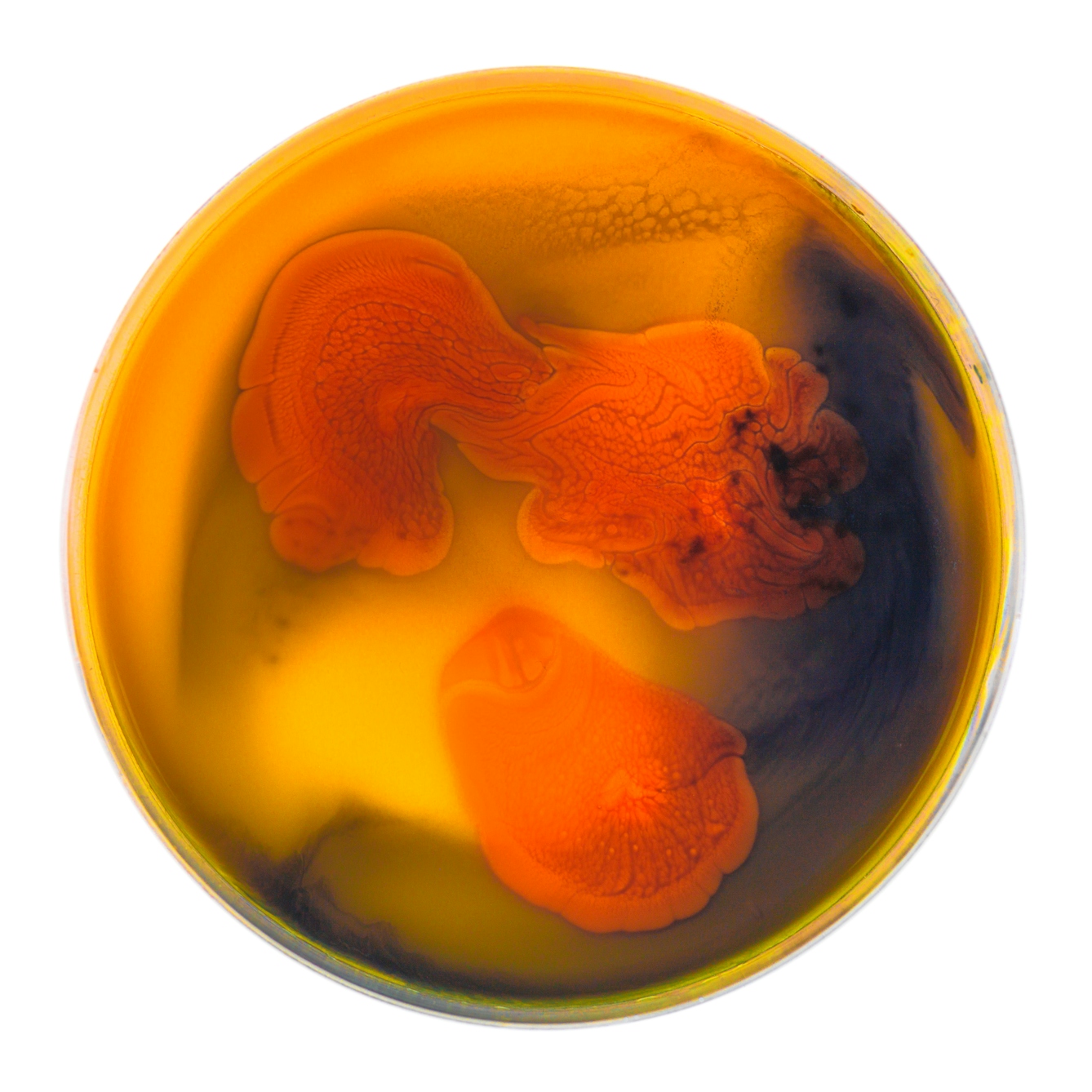
‘Carmen’ from the series ‘First Kiss’ by Debbie Loftus.
Many biohackers and DIYbiologists come from academia. The annual iGEM (International Genetically Engineered Machine) Competition for university students is a common way in. “‘Garage’ biologists is a word people use,” says Brett Edwards, a researcher at Bath University. “No one’s in the garage. They’re just sat in the lab after five.”
Risks and reality
Those in the DIYbio community take responsibility for setting norms of safe practice for all. A code of conduct was produced in 2011 by DIYbio.org, an online organisation for DIY biologists. At Biomakespace, any proposed project needs the same risk assessment that would occur in any mainstream lab.
So why does public coverage of DIY biologists often panic about poorly regulated hobbyists? “Amateur scientists don’t fit in with ideas about what innovation should be: capitalist and driven by industry,” says Edwards.
He thinks this discussion represents a deeper anxiety about our ability to keep cutting-edge science safe. “To get funding, high-flying scientists promise that their science is new and unprecedented, but controllable by existing systems and regulation. Of course this seems strange.” We feel safer about professional science when it’s compared with dangerous amateurs.
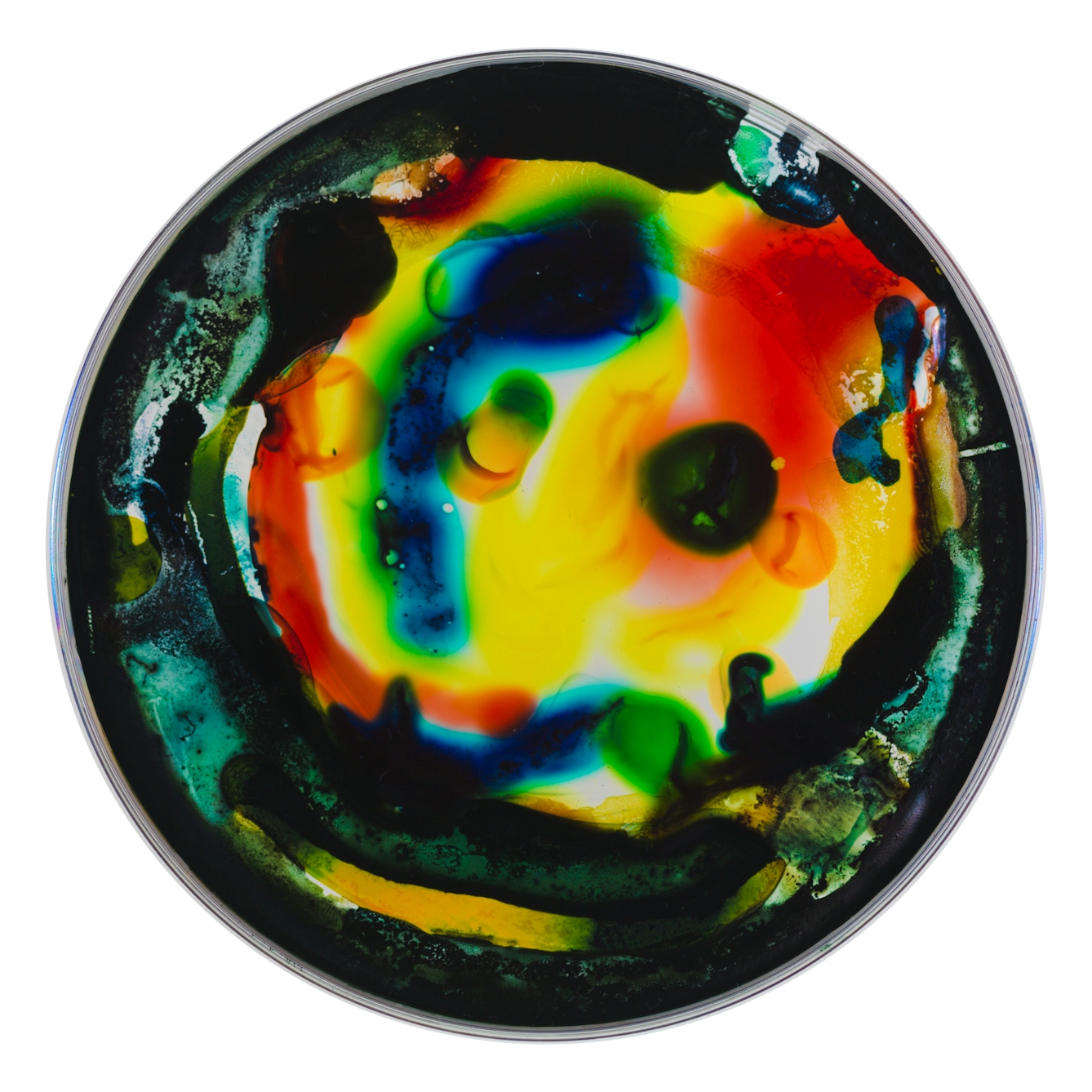
‘North’ from the series ‘First Kiss’ by Debbie Loftus.
The real risks are not always the ones we first think of. Edwards uses the drug market as an example. Fentanyl is a pain medication, often illegally manufactured for recreational use. It’s also highly toxic. “It’s more of a concern than ricin. People produce this at scale, illegally, for profit. That can be moved over easily to a terrorist application.”
Sometimes it’s hard to see the connections between the artists, businesses, enthusiasts and researchers who fall under the description of DIYbio. They each form part of a broader uncertainty about how we proceed with increasingly powerful technologies.
We’re not at a point with amateur biology where the clandestine, dual-use marketplaces that Edwards describes exist. London Biohackspace has 268 members on its Meetup group (at the time of writing), with around ten attendees per event.
But as science progresses, the market grows and the entry point lowers. There will be more possibilities for the kinds of large-scale production that could inadvertently supply dangerous activities, and this is a problem if we want to ensure our constantly expanding knowledge is used for good. But DIYbio might also be part of the solution: creating a dialogue about synthetic biology that is open, curious and joyful. “They just really like playing with biology,” Edwards says. “And that’s cool.”
About the contributors
Anna Lewis
Anna is on the Wellcome Trust graduate scheme. She has also written for Mosaic, and her fiction has been published in Speculative Cities and the Isis magazine.
Debbie Loftus
Reinventing her studio as a laboratory, Debbie Loftus borrows from scientific techniques and takes an experimental approach to materials, colour and light in creating her artworks. Employing diverse materials and found objects, she blurs the boundaries between drawing and photography.
